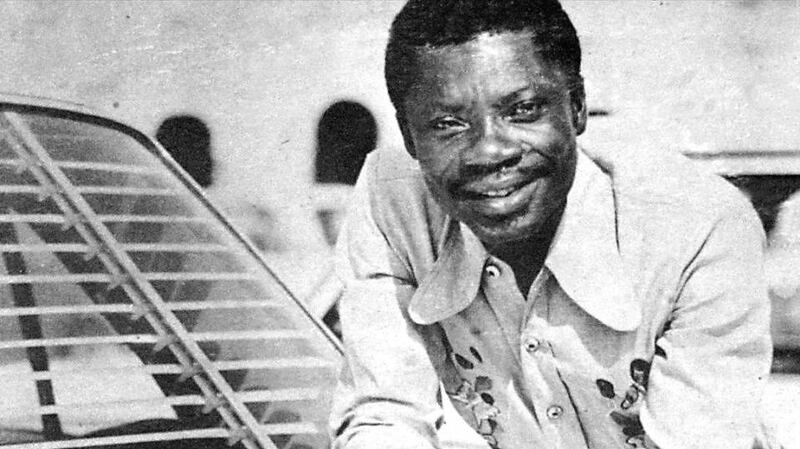
Generally I shy away from putting music into boxes but for highlife I’m happy to make an exception. In the chart of appropriately named genres of music it’s permanently perched at number one. As James Brown so pointedly said: It is what it is.
Highlife originated in Ghana at the turn of the 20th century, a merger of the melodic, rhythmic structures of traditional Akan music with western instruments.

The other significant factor was the dance. Wherever highlife was played there was a whole lot of shaking going on. The music and the dance were inseparable. The uptempo rhythms simply begat bodily movement.
Influences from other regions, countries and continents were absorbed. The 1960s version was characterised by jazzy horns and arpeggiated multiple electric guitar lines.
In 1971, a seismic musical event was held in Accra that sent tremors through Ghanaian highlife. The Soul to Soul festival featured earth moving performances from The Staple Singers, Ike & Tina Turner and Wilson Pickett. Added to the local fires was some highly flammable funky gasoline. All bets were off.
K Frimpong started making music on the crest of a wave set off by these reverberations. His sound bristled with soul power. The insistent tone in his magically quivering voice heralded a new age of adventures in highlife.
Organ stabs borrowed from Jamaican music punctuated the beat, adding warmth and weight to the rhythm. The dusty grooves plunged deeper still. Choruses of voices harmonised their way to the heavens. In Frimpong’s hands, highlife took flight. This 1976 album encapsulates the magic. To hear it and sit still would be some feat. Wherever it’s going, let it take you there.
















